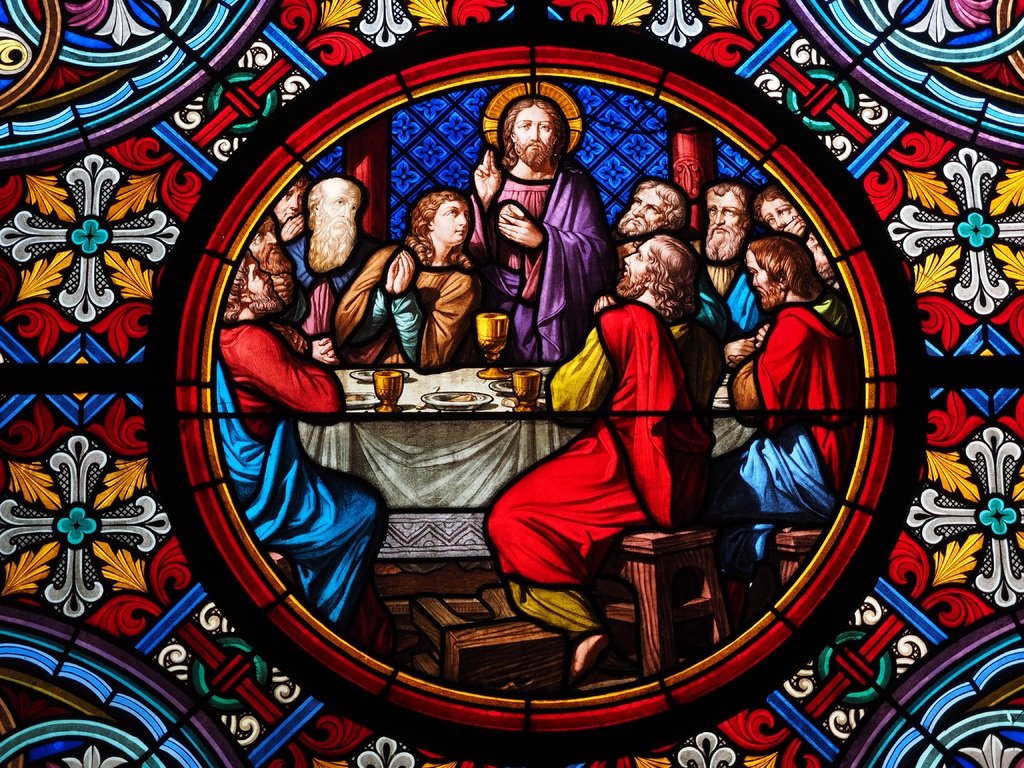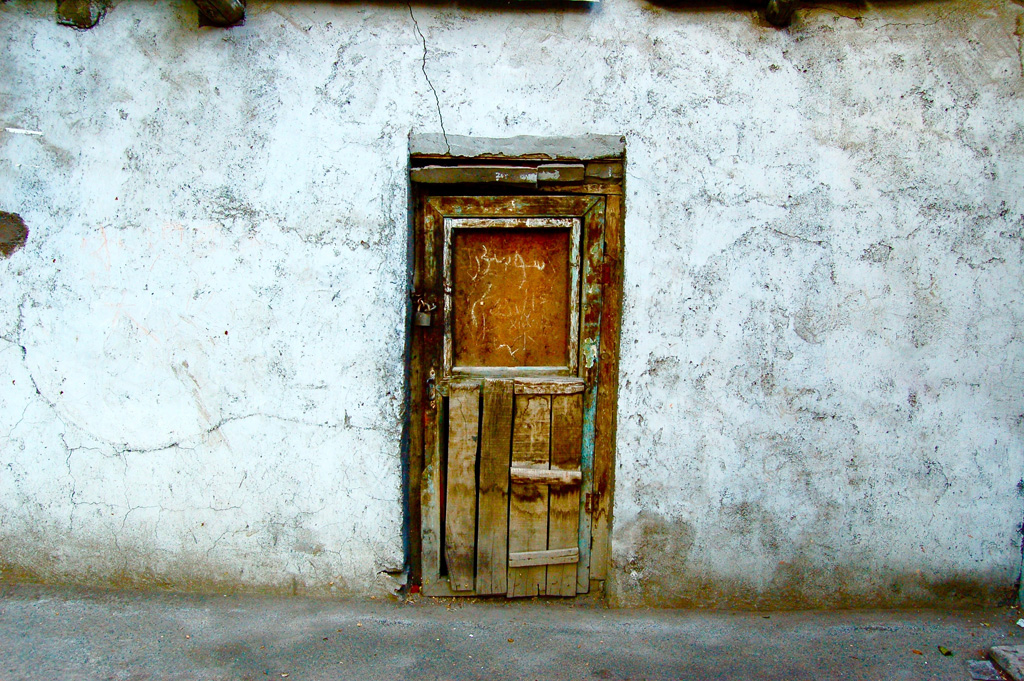As we dive deeper into the church, it is incumbent to recognize and, at least for a moment, set aside the traditions we and others hold dear. Not to throw them away, but to get at the very root and foundation of their meaning and purpose. By setting those aside, we’ll discover both the purposes for the church and the commonalities in the vast expressions churches all share.
The first common expression, and what we’re considering today, is celebration. Specifically, those moments filled with thanksgiving for all that God has done, is doing, and will do in days to come. They could be quiet moments, or full-throated hands and hearts raised moments or something in-between.
The book of Acts records celebration as the first act of the Holy Spirit. “When the day of Pentecost had come, they were all together in one place. And suddenly there came from heaven a noise like a violent rushing wind, and it filled the whole house where they were sitting. And there appeared to them tongues as of fire distributing themselves, and they rested on each one of them. And they were all filled with the Holy Spirit and began to speak with other tongues, as the Spirit was giving them utterance.” (Acts 2:1–4, NASB95) The celebration was so exuberant that some thought they were drunk from wine.
Celebrating God’s gift of salvation in Christ, His goodness towards us, His acceptance and forgiveness, even though we don’t deserve it, is part of being church. And to be honest, we need both the times of exuberant worship and the times of quiet contemplation to fully celebrate God. But there is one more act of celebration to consider.
Nearly all churches share the common celebration of the bread and the cup. Traditions again separate us from seeing each other. This study is not going to dive into the theological differences concerning the bread and the cup. Or decide who is right or more right.
At its root, Communion (as it is called in my tradition) is a time of worship, reflection, thanksgiving, and remembrance. The simple elements recall the broken body of Christ and the blood Christ shed for our sins. Their essential meaning transcends all denominational traditions and divisions. From the earliest days of the church, the sharing of the bread and the cup was a moment of thanksgiving to God. A physical and corporate act of worship and celebration.
So, knowing that there are vast differences of experience and expectation and traditions concerning what happens when the church gathers let me just say this. It is easy to allow our style, traditions, and expectations to diminish their primary purpose of celebrating God. Whether your style is Gregorian chant, reverential silence, hymns (with or without musical instruments), or modern worship with guitars and drums the point is the same – to celebrate God through praise and worship. That celebration ignites joy and lifts our eyes to the one larger than all of life’s problems.
Our challenge in all of this is to avoid the trap of pride. Through the history of the church, many have declared that their style was the “right and only way” to worship. It’s easy to feel that pride and assume that all should be moved through our preferred style. But that is all upside down and backward. The point isn’t the style, or the traditions, or the lack of traditions, or the cultural links. The point is celebrating God in a way that works best for the gathering and refusing to consider other gatherings with other styles as less than.
There is a verse that sums up, for me anyway, this desire to gather in celebration of God. “Better is one day in your courts than a thousand elsewhere; I would rather be a doorkeeper in the house of my God than dwell in the tents of the wicked.” (Psalm 84:10, NIV) The style and traditions are not nearly as important as focusing on God in worship.
- Mark: Consider the Sower - May 28, 2025
- Mark – Family Matters - May 26, 2025
- Mark: A House Divided - May 22, 2025





AMEN!!!!!